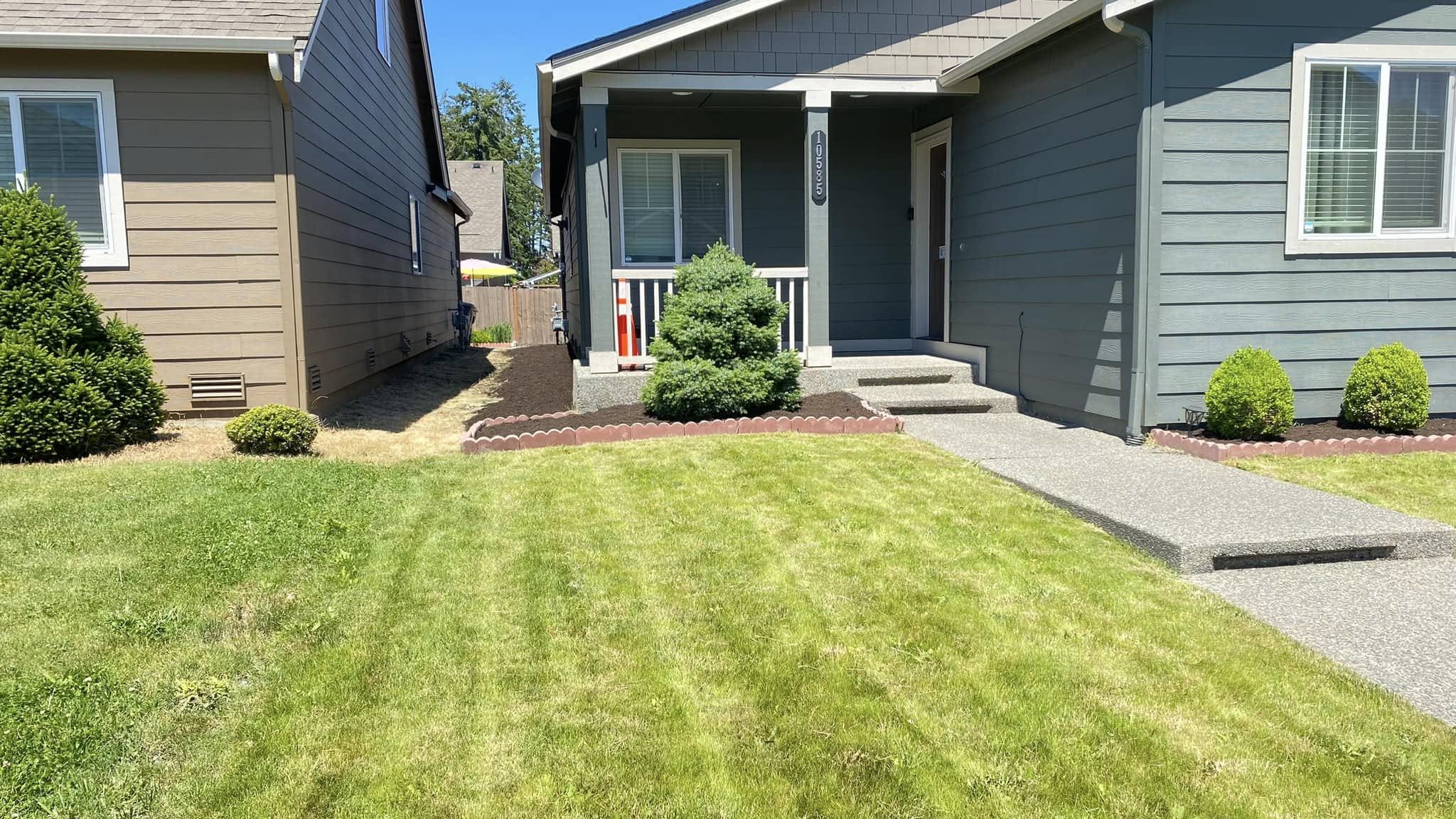
The Art of Hardscaping: Elevate Your Outdoor Space with Stunning Designs Sep 16, 2025
Hardscaping involves the use of non-plant elements in landscape architecture. This includes everything from beautiful stone paths and retaining walls to the addition of elegant water features or sturdy decks. These elements not only create visual interest but also provide a structured environment that complements the natural beauty of your garden. Hardscaping allows for a low-maintenance landscape, which is ideal for homeowners who want a striking yard without the commitment of constant upkeep.
One of the primary benefits of integrating hardscaping into your outdoor design is the enhancement of functionality. For instance, installing a stone patio extends your living space into the outdoors, creating an ideal setting for al fresco dining or gatherings with friends and family. Similarly, a well-designed pathway not only guides foot traffic efficiently but also becomes a prominent visual feature that enhances your home's curb appeal.
Retaining walls are another essential hardscaping element that serves both aesthetic and practical purposes. These structures can contour a yard and create elevation changes that add depth and dimension. Retaining walls manage soil erosion effectively, making them a crucial feature for homes situated on slopes or uneven terrains. By adding this element to your landscape, you're building a strong backbone for your garden that enhances both its structure and resilience.
Incorporating water features, such as fountains or ponds, introduces movement and tranquility to your outdoor space. The soothing sound of flowing water has been shown to reduce stress and create a peaceful ambiance, making your garden a personal retreat. Water features do more than elevate aesthetics; they attract beneficial wildlife, encouraging a healthy ecosystem around your home.
Choosing the right materials is vital for successful hardscaping. The options are vast, ranging from traditional natural stones and bricks to modern concrete pavers and composite decking. Each material has its unique charm and functional benefits. For example, natural stones may offer a rustic feel, complementing a countryside garden, while sleek concrete pavers could be the perfect fit for a contemporary minimalist design. The key is to select materials that align with the overall design theme of your home and landscape.
When planning your hardscaping project, it’s important to work with experienced professionals like Family Landscaping & Irrigation. Our team of experts understands the nuances of material selection, design principles, and construction techniques, ensuring that your outdoor space not only matches your style but also stands the test of time.
In summary, hardscaping is an integral component of landscaping that elevates your outdoor space through carefully chosen designs and materials. It enhances the beauty, functionality, and sustainability of your yard. With the right professional guidance, hardscaping can transform your garden into an elegant extension of your home, providing a serene environment to enjoy for years to come. Whether you’re considering adding a new patio, a charming pathway, or a peaceful water feature, the art of hardscaping is sure to bring a lasting appeal to your exterior space.
/filters:no_upscale()/media/ace90d18-5933-4cdd-8a88-a36049055f7e.jpg)
/filters:no_upscale()/filters:format(webp)/media/5ec53a25-e78a-4cd4-a6b4-2da297043d92.jpg)